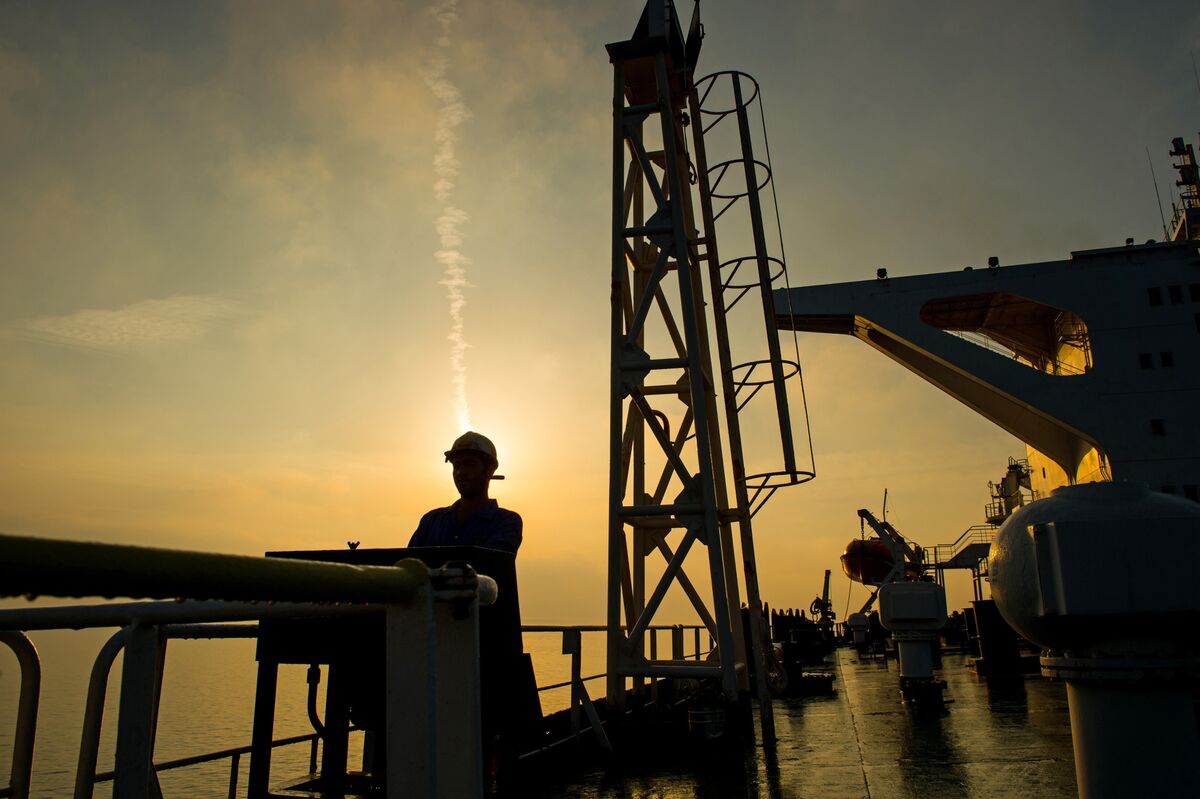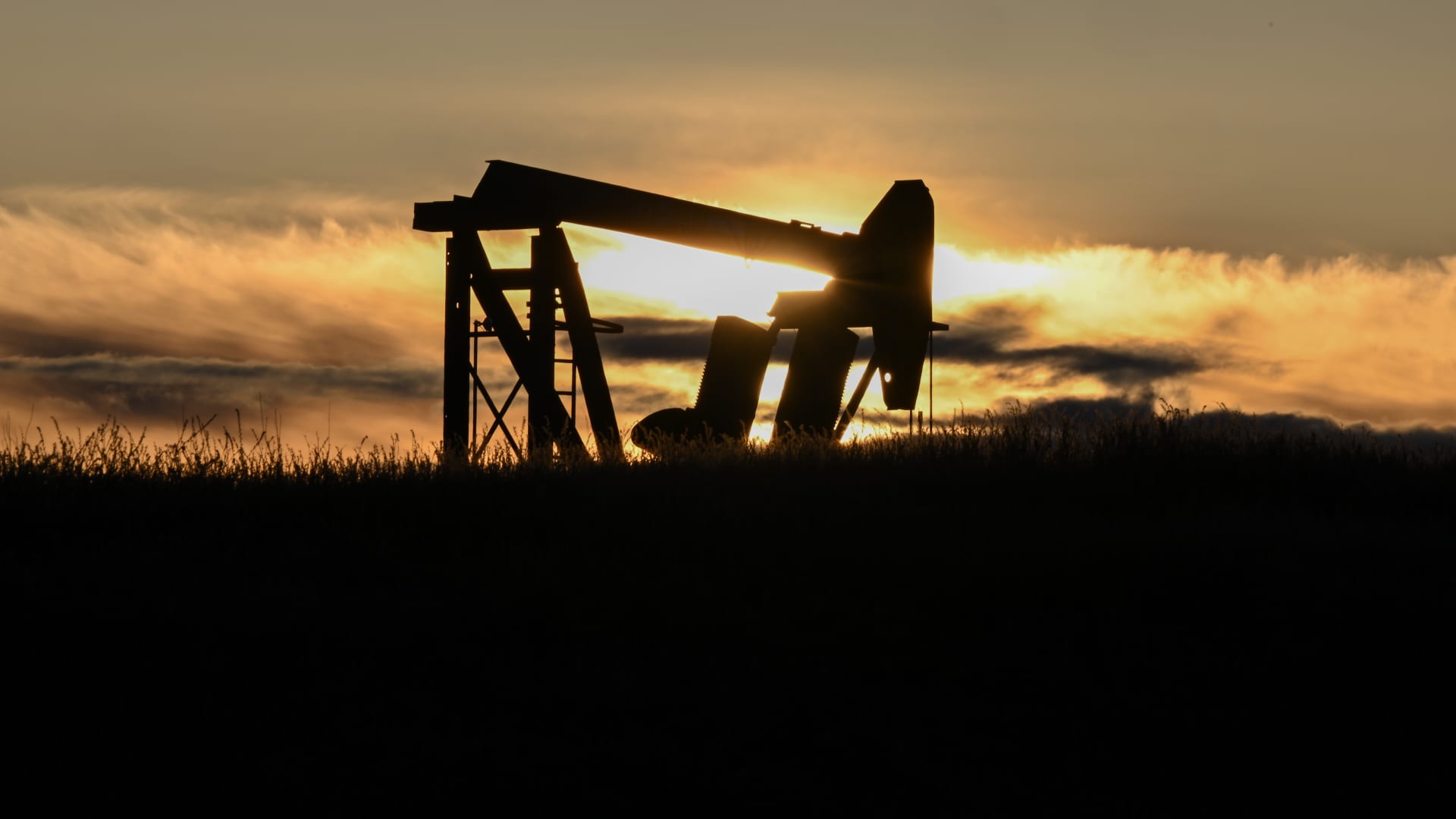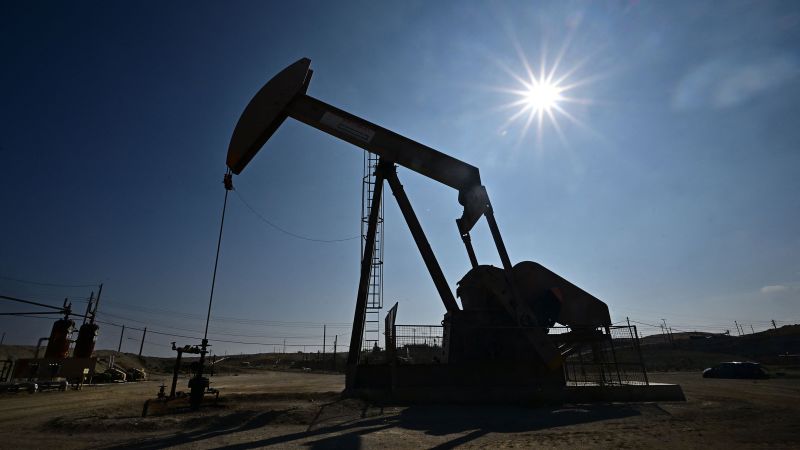India's national election, the biggest in the world with over 970 million eligible voters, is set to take place from April 11 to June 4, 2024. The election will span seven phases and will require around 15 million election officials and security personnel to ensure every voter can cast their ballot. With nearly 10% of the global population participating, the sheer size of India necessitates a lengthy electoral process.
Prime Minister Narendra Modi is seeking a third term in office, leading his Hindu nationalist Bharatiya Janata Party (BJP). The opposition parties are struggling to mount a significant challenge against him. Most surveys predict the BJP will win comfortably, cementing Modi's position as one of India's most popular and influential leaders.
The mammoth exercise is not without its challenges. Some polling stations are located in remote areas, including one inside a wildlife sanctuary and another in a shipping container. The Election Commission of India ensures that there is a voting booth available within 2 kilometers (1.2 miles) of every voter.
Meanwhile, tensions between Iran and Israel have caused uncertainty in the oil market. Reports of explosions near Isfahan city in Iran led to a brief surge in oil prices earlier this week, but these gains were short-lived as officials sought to downplay the latest escalation. The Organization of the Petroleum Exporting Countries (OPEC) and other major oil producers have been working to maintain stable crude supplies.
First-time voters, numbering around 18 million, and those in their 20s, accounting for approximately 197 million voters, will play a significant role in this election. The Election Commission of India has made arrangements to ensure that every voter can exercise their right to vote.
The Indian general elections are unlike any other. Their size and complexity necessitate a lengthy process, but the importance of ensuring every voice is heard cannot be overstated.


